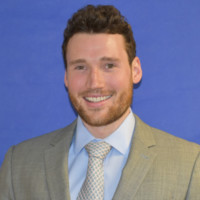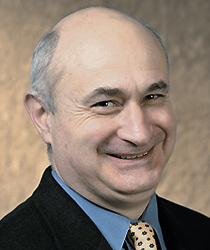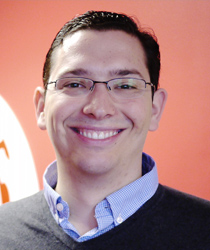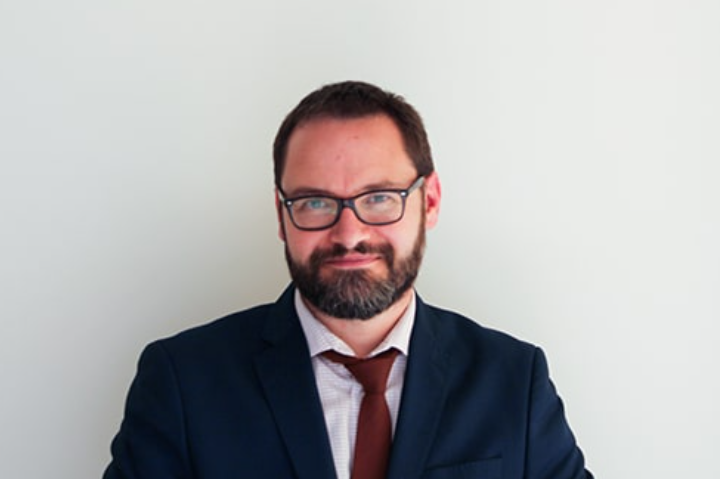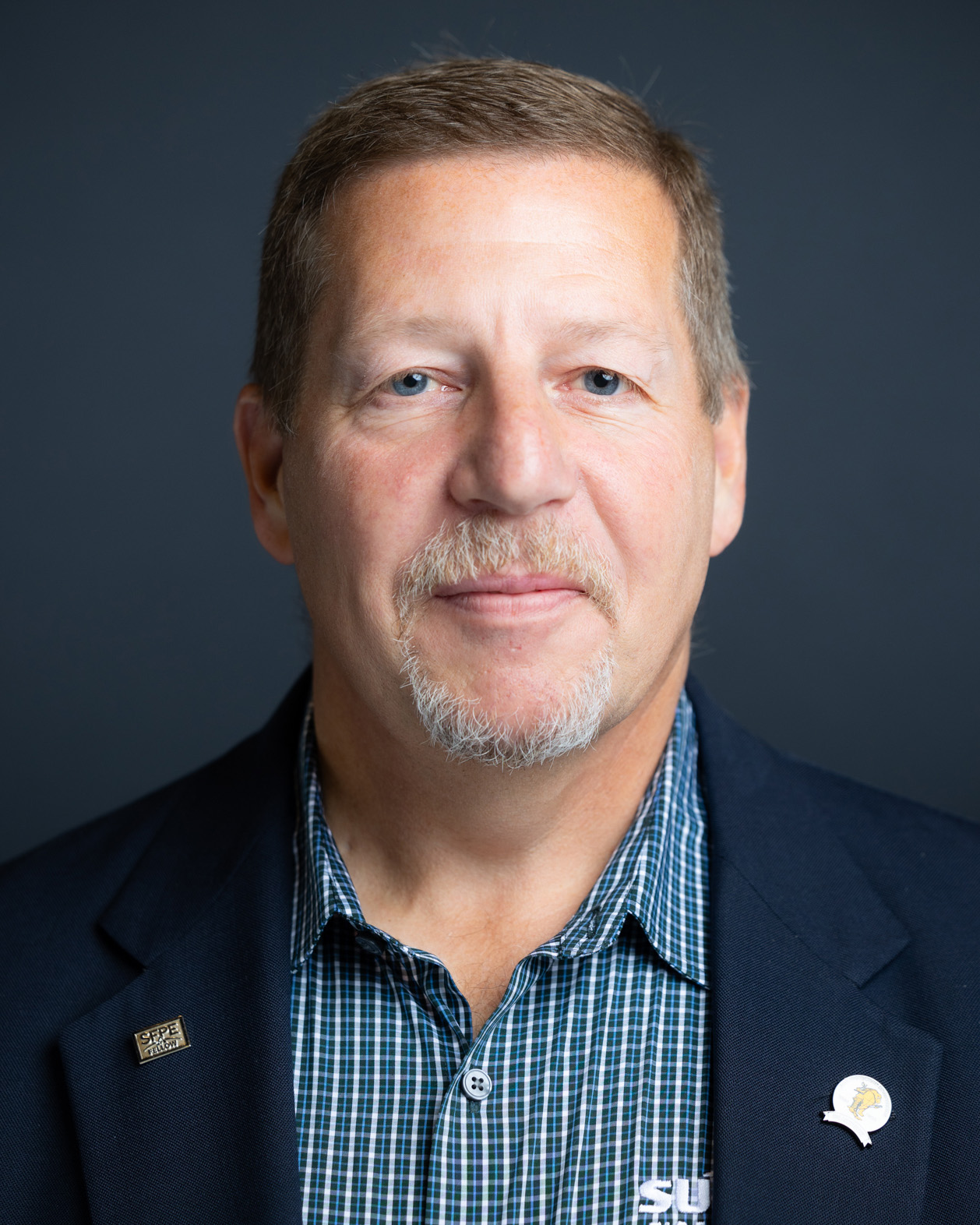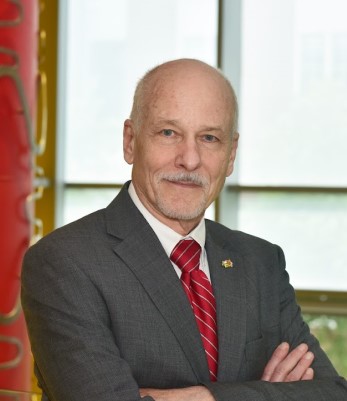Faculty Directory
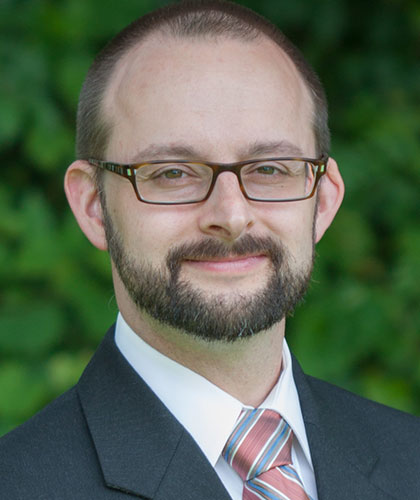
Anderson, Paul
Lecturer
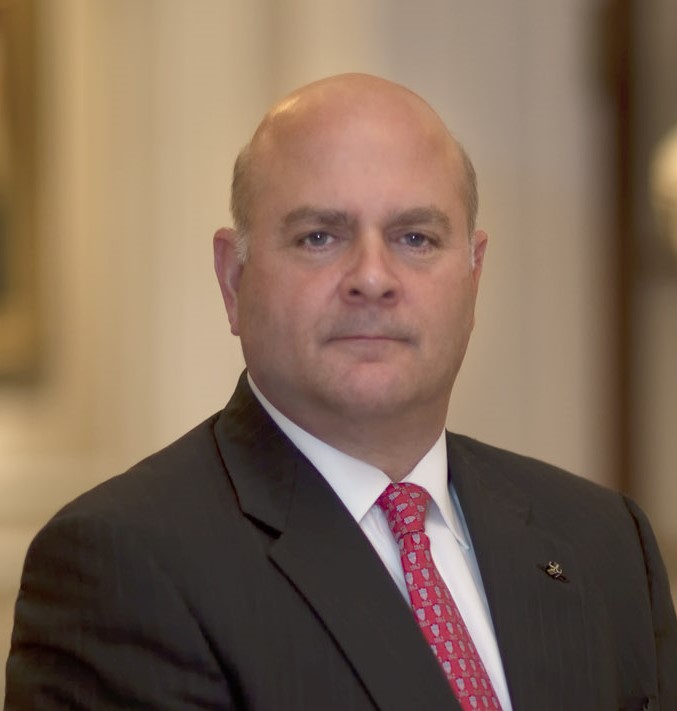
Andrews, Jr., Robert C.
Adjunct Professor
Brannigan, Vincent
Professor Emeritus; J.D.
Fire Protection Engineering
Center for Risk and Reliability
Center for Risk and Reliability
4309 Rosedale Ave Bethesda Md 20814
firelaw@umd.edu
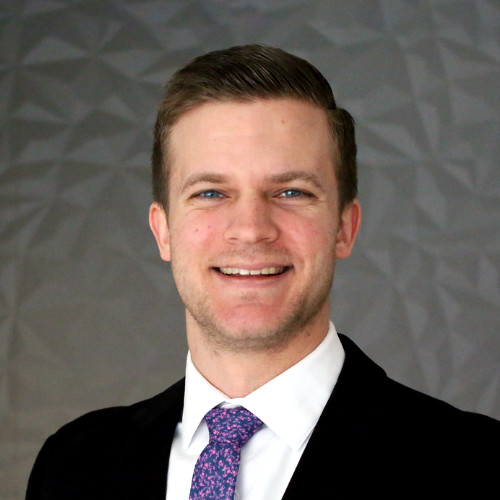
Campbell, Chris
Adjunct Lecturer
Principal & Founder - Campbell Code Consulting
Good, Thomas
Adjunct Lecturer
Registered Fire Protection Engineer
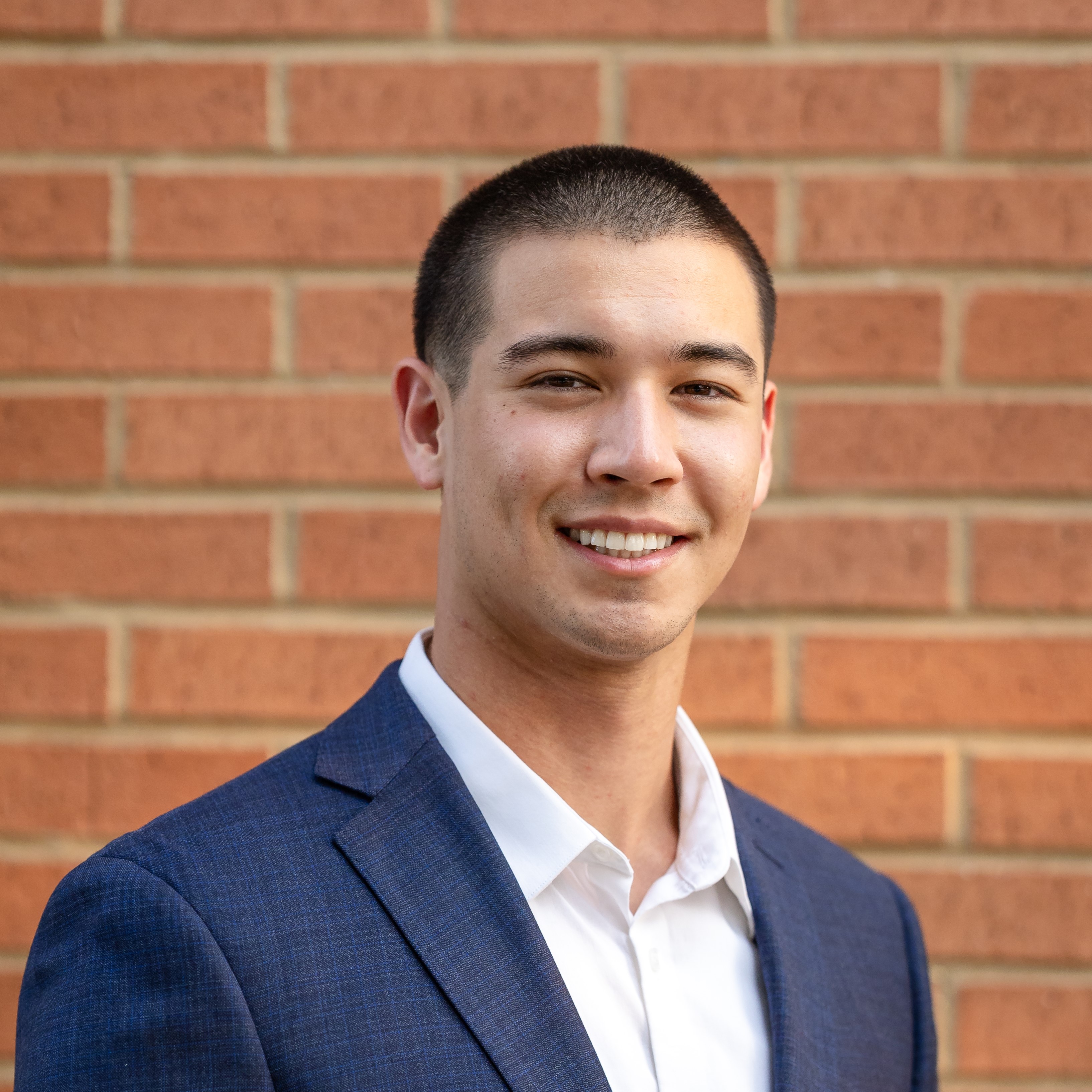
Hallock, Christopher
Adjunct Lecturer
Fire Protection Engineer
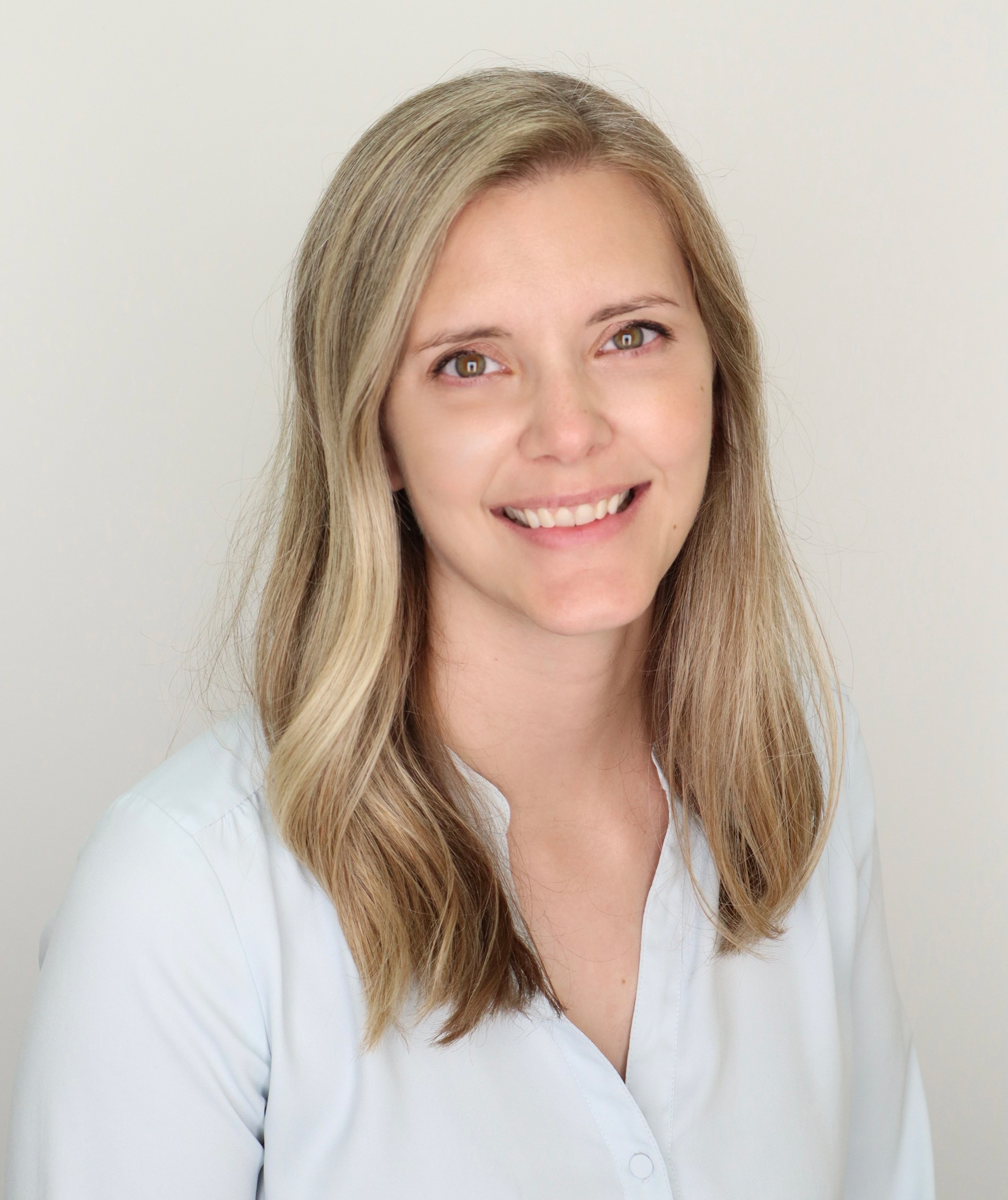
Hrybyk, Rosalie
Assistant Clinical Professor
James A. Milke, Ph.D. Endowed Professor of Practice in FPE
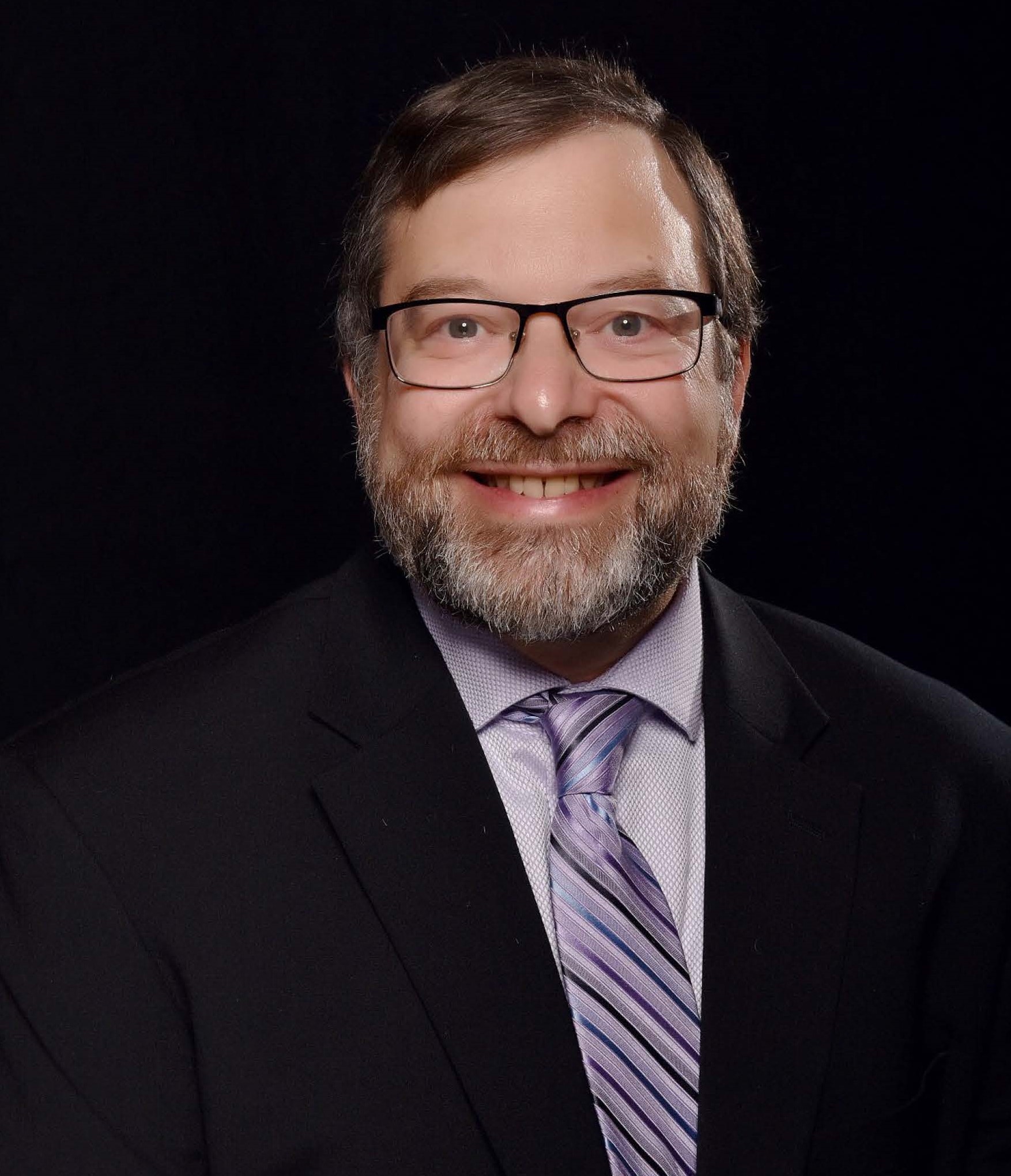
Isman, Kenneth E.
Clinical Professor Emeritus
Johnson, Duane
Adjunct Lecturer
Owner, Diamondback Fire Protection
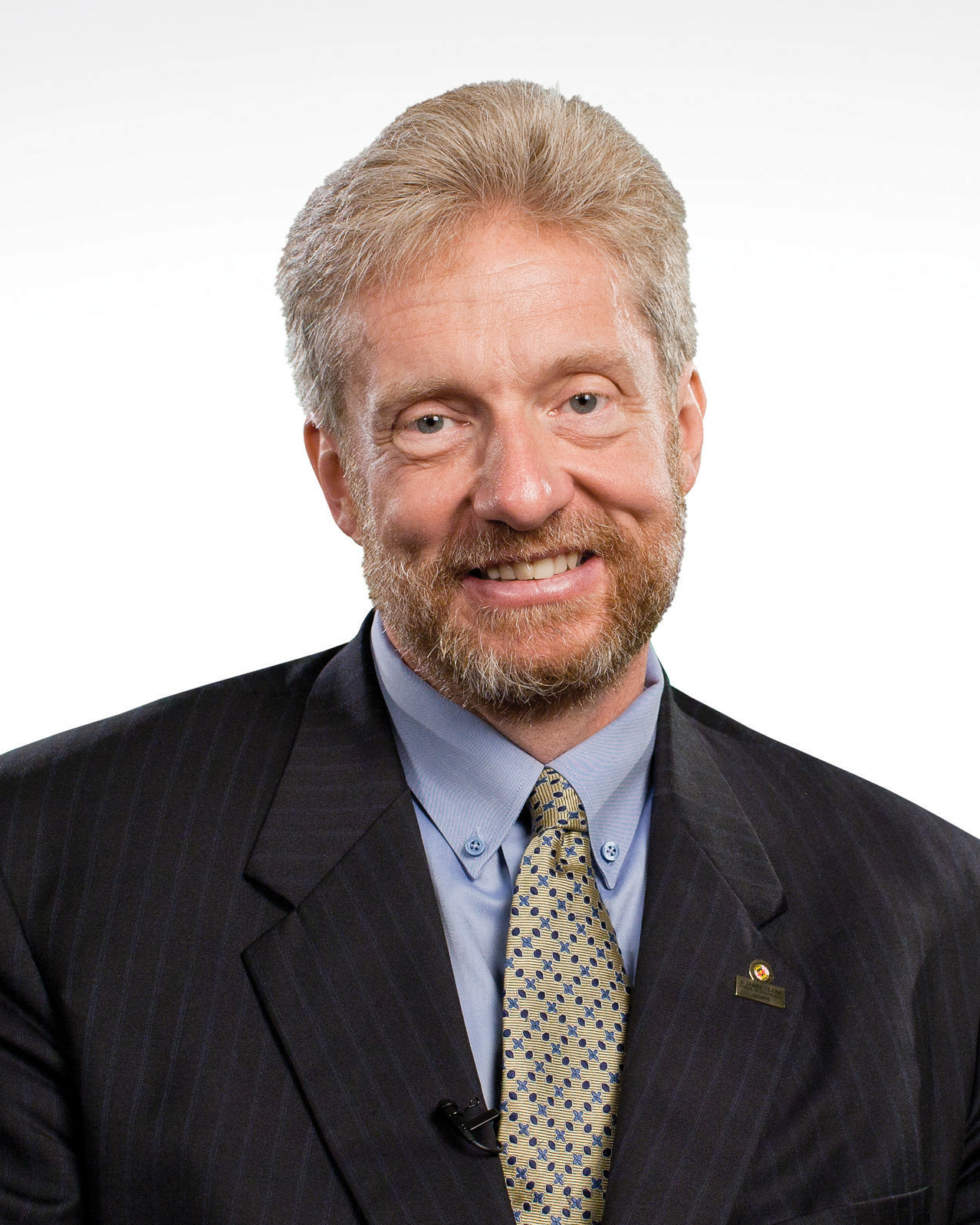
Koffel, William
Associate Clinical Professor
Online Program Director
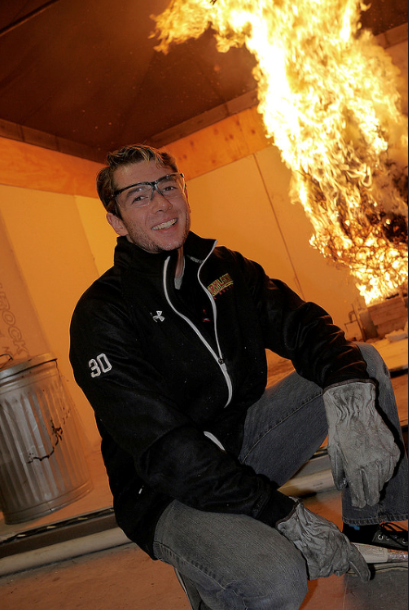
Leventon, Isaac
Adjunct Lecturer
NIST Research Associate
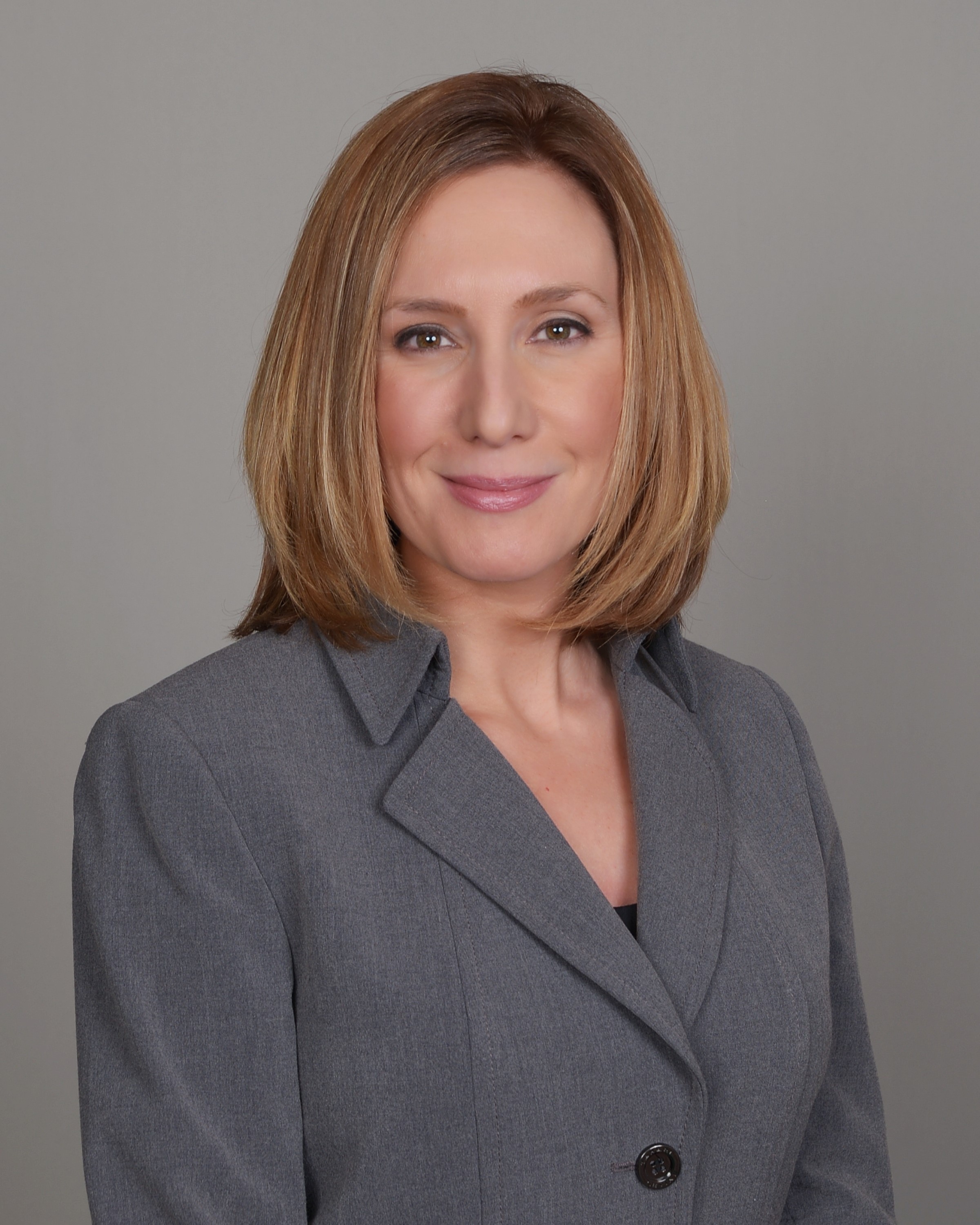
McAllister, Jamie
Assistant Research Scientist
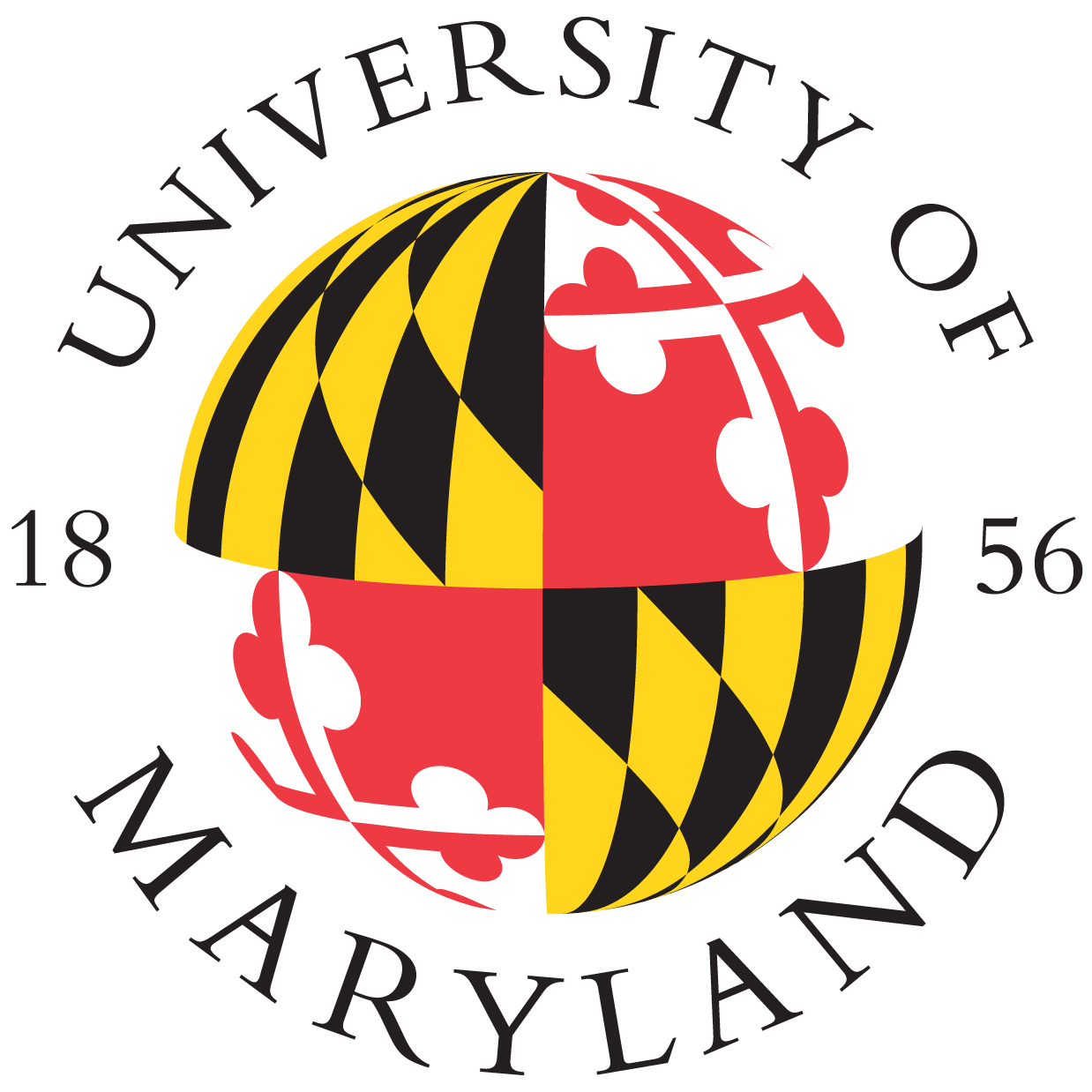
Mowrer, Frederick W.
Associate Professor Emeritus; P.E.
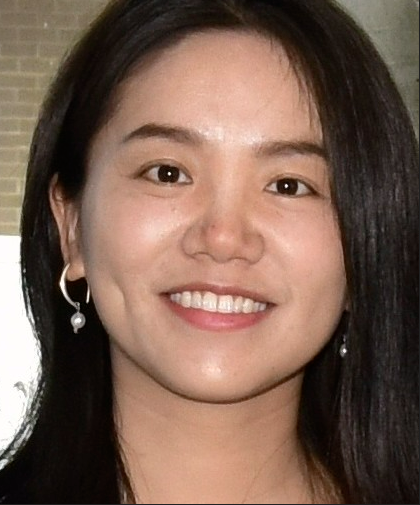
Ni, Shuna
Assistant Professor
Affiliate Assistant Professor (ME)
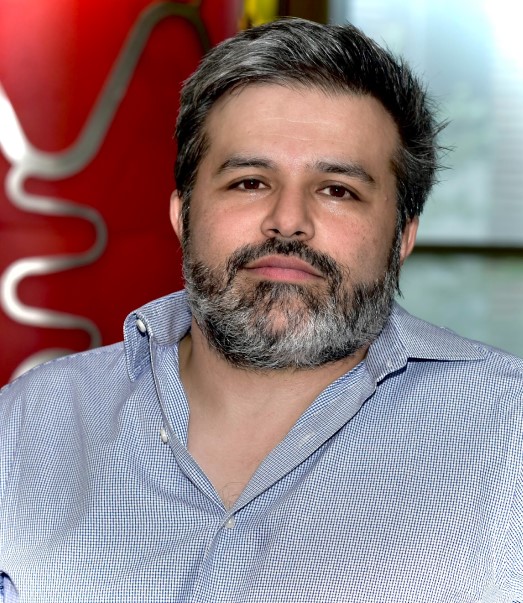
Raffan-Montoya, Fernando
Assistant Professor
Co-director, FireTEC
Affiliate Assistant Professor (ME)
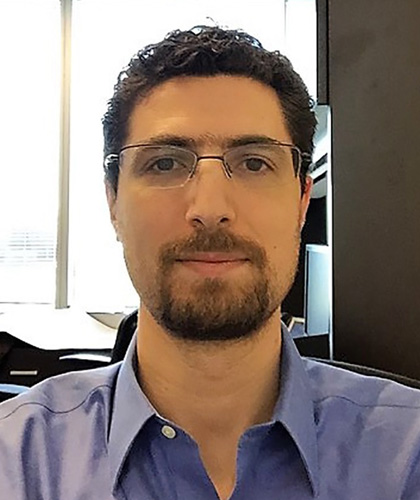
Ryder, Noah L.
